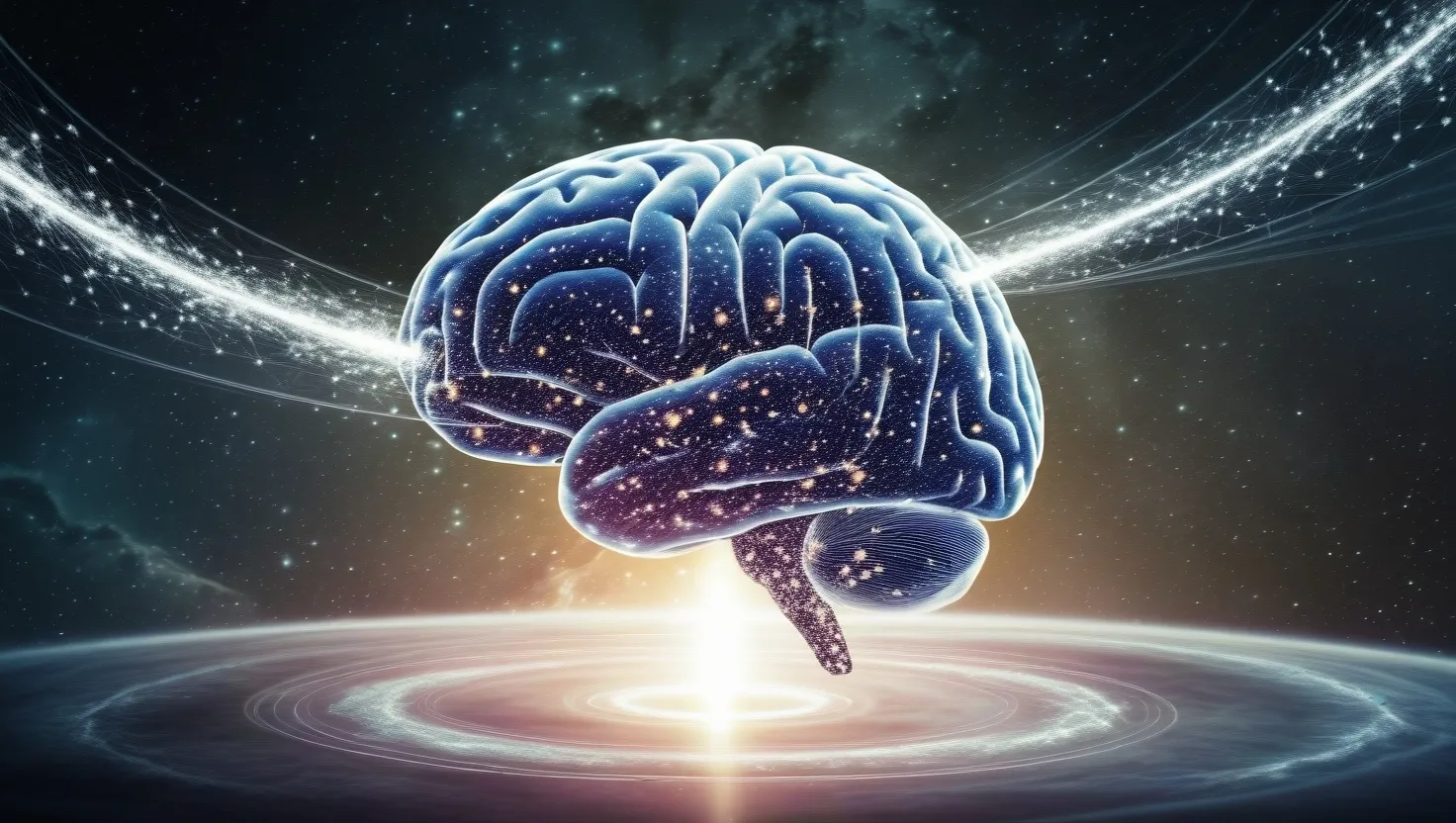The FOXP2 gene has captivated researchers ever since its discovery as a key player in human language abilities. This fascinating snippet of our genetic code offers intriguing insights into how we developed our unique capacity for complex speech and communication.
While early studies painted FOXP2 as the “language gene” that set humans apart, more recent research has revealed a more nuanced picture. The gene’s evolutionary history turns out to be less straightforward than initially thought, challenging some of our assumptions about the emergence of language.
Let’s take a closer look at what we know about FOXP2 and what it tells us about human evolution. The gene first came to prominence in the early 2000s when researchers identified mutations in FOXP2 as the cause of a rare speech disorder in a British family. This discovery sparked intense interest in the gene’s potential role in the evolution of human language abilities.
Initial studies found that the human version of FOXP2 differed from the chimpanzee version by just two amino acid changes. These changes were estimated to have occurred within the last 200,000 years - conveniently coinciding with the presumed timeframe for the emergence of modern human language. It seemed like an elegant explanation for how humans developed our sophisticated communication skills.
But as is often the case in science, further research complicated this tidy narrative. Subsequent studies of ancient DNA revealed that Neanderthals and Denisovans already possessed the human variants of FOXP2. This pushed the timeline for these mutations back to at least 500,000 years ago, well before the emergence of modern humans.
So what are we to make of FOXP2’s evolutionary history? While the gene is clearly important for language, its story is more complex than a simple mutation leading directly to human speech. The human variants likely laid some groundwork for language abilities, but many other genetic and cultural factors were also involved.
“Language is the source of human life and power.” - Murasaki Shikibu
This quote reminds us of the profound impact language has had on human development. But how exactly did our linguistic abilities arise? What role did genes like FOXP2 play in that process?
Rather than a smoking gun for language evolution, FOXP2 offers a window into the intricate interplay between genes, brains, and behavior that shaped human cognitive abilities over time. Its mutations may have fine-tuned neural circuits involved in complex vocalizations and motor sequencing.
Interestingly, FOXP2 isn’t unique to humans - versions of the gene are found across many species, including songbirds and mice. Comparing how the gene functions in different animals provides clues about its ancestral roles and how it was co-opted for new purposes in human evolution.
In mice, FOXP2 is involved in learning motor sequences and producing ultrasonic vocalizations. In songbirds, it plays a role in vocal learning. These findings suggest the gene had a broader function in vocalization and motor control before being adapted for human language.
So while FOXP2 isn’t solely responsible for human language, studying its evolutionary trajectory offers fascinating insights into how complex traits emerge. Small genetic changes, accumulating over time, can be co-opted and combined in new ways to produce dramatic shifts in cognitive abilities.
This brings up an intriguing question: could the evolution of human language have been deliberately guided or accelerated? While there’s no evidence of artificial manipulation, the idea raises thought-provoking possibilities about directed evolution.
“What if the way we understand the evolution of human language is all wrong?”
It’s an audacious notion, but one worth considering as we continue to unravel the mysteries of our cognitive development. The truth is likely more nuanced than either pure chance or intelligent design.
Evolution works with the raw materials available, tinkering and repurposing genes and neural circuits to produce new capabilities. Language likely emerged gradually as a combination of genetic changes, expanding cognitive abilities, and cultural innovations that created selective pressures favoring better communication.
FOXP2 was just one piece of that puzzle. Other genes involved in brain development and neural plasticity likely played crucial roles as well. And critically, the emergence of culture and cumulative learning allowed linguistic innovations to be passed down and built upon over generations.
So while we can’t rule out more directed evolutionary processes, the development of language was likely a complex dance between genes, brains, and culture unfolding over hundreds of thousands of years. FOXP2 offers a glimpse into that process, but much remains to be discovered.
“The limits of my language mean the limits of my world.” - Ludwig Wittgenstein
This profound observation highlights how fundamentally language shapes our reality and cognitive abilities. How might our perception and thinking have changed as our linguistic skills evolved?
As we’ve seen, the story of FOXP2 and language evolution is still being written. New methods in ancient DNA analysis and comparative genomics continue to shed light on the gene’s history and function. Advances in neuroscience are illuminating how FOXP2 influences brain circuits involved in speech and language processing.
One particularly exciting area of research involves using gene editing techniques to study FOXP2 function. By introducing human FOXP2 variants into mice, researchers can examine how these mutations affect brain development and vocalization. While mouse squeaks are a far cry from human language, such studies offer valuable insights into the gene’s effects on neural circuits.
Another intriguing avenue explores FOXP2’s potential role in human self-domestication. Some researchers propose that humans underwent a process of self-domestication as we became more socially interdependent. Interestingly, domesticated animals often show changes in vocalization and reduced aggression - traits that may have been important for language evolution.
Could FOXP2 have played a role in this process? It’s an speculative but fascinating idea that highlights the gene’s complex effects on behavior and cognition.
As we uncover more about FOXP2 and other genes involved in language, we’re gaining a richer understanding of how this quintessentially human ability emerged. Rather than a single mutation or abrupt change, language likely developed through a long process of gradual refinement and expansion of pre-existing capabilities.
This evolutionary perspective reminds us that language isn’t a fixed, monolithic ability, but a dynamic and still-evolving feature of human cognition. Our linguistic skills continue to change and adapt, shaped by cultural and technological forces.
“Language is a city to the building of which every human being brought a stone.” - Ralph Waldo Emerson
How have you contributed to the edifice of language? What new words or expressions have you coined or adopted?
Looking to the future, research on FOXP2 and language evolution may have practical applications. Understanding how language abilities emerge could inform treatments for speech and language disorders. It may also offer insights into adult language learning and cognitive enhancement.
More speculatively, could we use our growing knowledge of genes like FOXP2 to deliberately enhance human cognitive abilities? While such possibilities raise serious ethical concerns, they also prompt us to consider the future trajectory of human evolution and the role we might play in shaping it.
For now, FOXP2 remains a captivating piece of our evolutionary puzzle. Its study continues to yield insights into the biological foundations of language and the intricate processes that shaped human cognition. As we uncover more of its secrets, we’re gaining a deeper appreciation for the remarkable journey that led to human language and the endless possibilities it creates.
What aspects of FOXP2 and language evolution do you find most intriguing? How do you think our understanding of these topics might change in the coming years?
The story of FOXP2 is a reminder that scientific understanding is always evolving. What seems like a breakthrough explanation one day may be revised or reinterpreted as new evidence emerges. This process of continual refinement and reassessment is the essence of good science.
It also highlights the importance of interdisciplinary research. Fully understanding language evolution requires insights from genetics, neuroscience, linguistics, anthropology, and many other fields. By combining diverse perspectives and methodologies, we can build a more comprehensive picture of how this defining human ability came to be.
As we continue to explore the origins and nature of language, we’re not just uncovering facts about our past. We’re gaining profound insights into what makes us human and how we relate to the world around us. The journey of discovery is ongoing, with each new finding opening up fresh avenues for exploration.
So while we may not have all the answers about FOXP2 and language evolution, the questions themselves are endlessly fascinating. They prompt us to reconsider our assumptions about human nature and our place in the natural world. In doing so, they enrich our understanding not just of our species’ history, but of who we are and who we might become.






